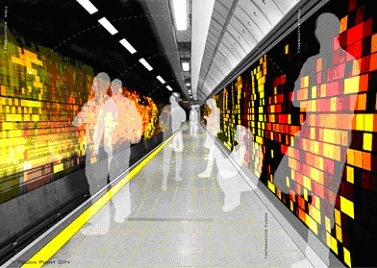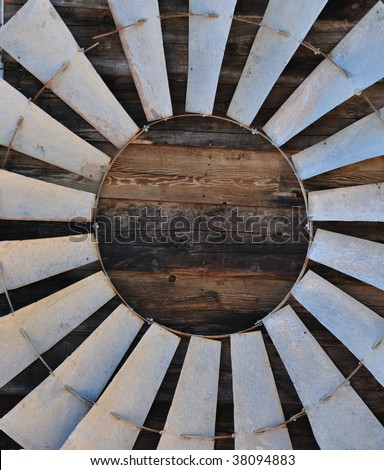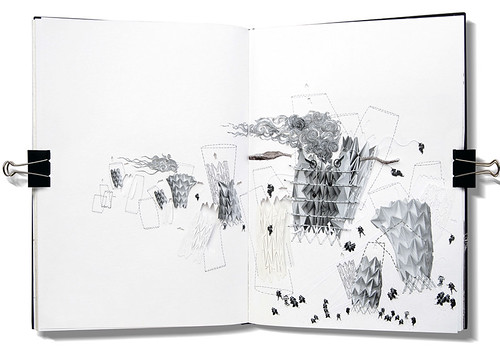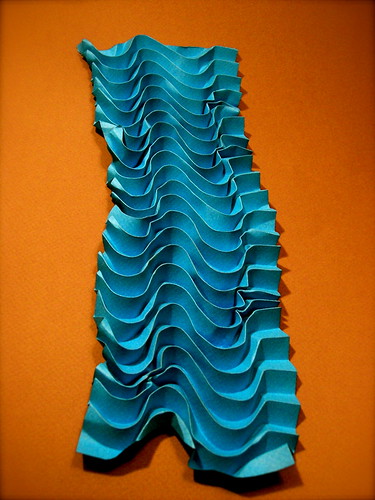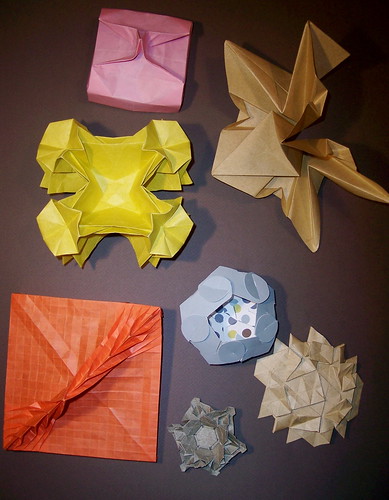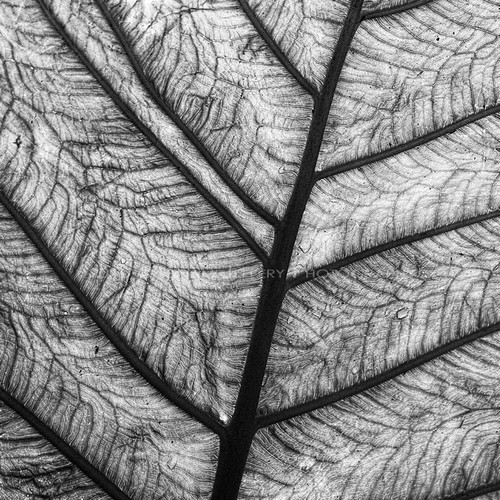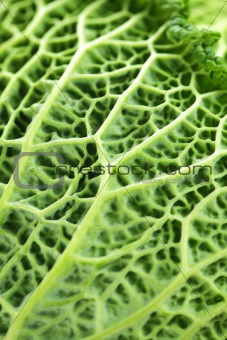Below is a post of some research to further the ideas of connection - in the form of tessellation - more specifically architectural tessellation. The idea as a connopy ...with the possibility of mophing movement that adapts to the spaces required and also provides connection to facilitate the information hyway.

This morning we found, through a
tweet from our friend @
digitag the work of
Ron Resch, a visionary mathematician and designer who was one of first to explore the architectural potential of 3D tessellated structures in the 1960’s and 70’s. His work around paper tessellation is amazing and we can find his influence in the current works of
Chris Bosse,
FOA and many other architects that design with digital tools and parametric architectural forms.
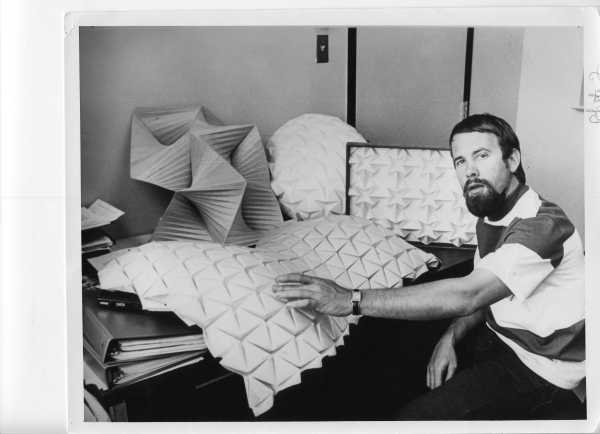
Resch
writes about his own “training”:
“I went to the University of Iowa, Iowa City on a scholarship for my sculpture. I did 4 years undergraduate and 4 years graduate work in the Art Department; graduating with a MFA in art and design in 1966. “The Ron Resch Paper and Stick Film” is my thesis submission. Along the way I have done a number of art shows, and museum exhibitions, and intend to do some more. — I think this qualifies me as “trained in art”.
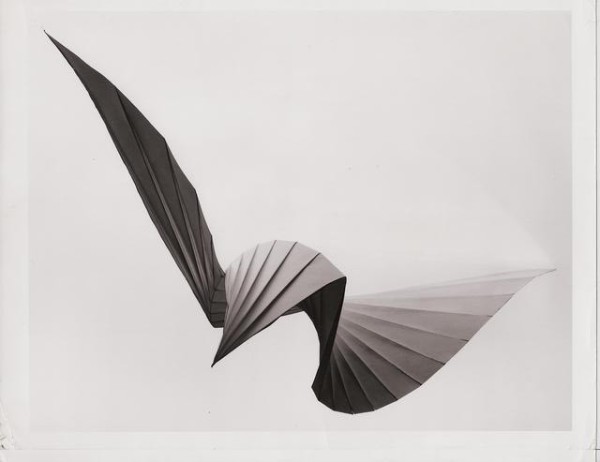
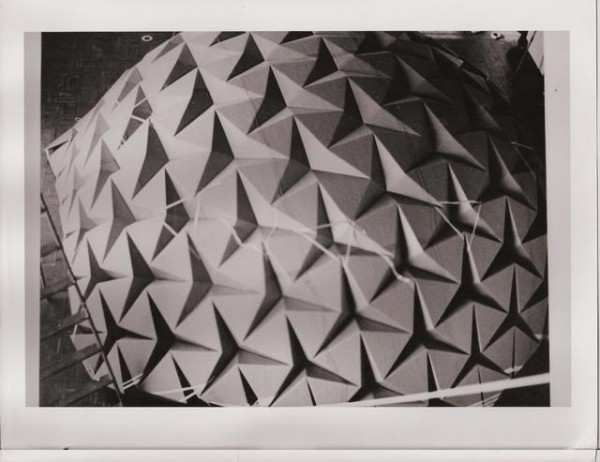
In 1970, Resch produced a computer animated film of a flight through a proposed architectural structure of my design. The design was an example of his geometric development of
“the Space Curve as a Folded Edge”. The method of making the animated film turned out to be of historic importance.
20 years after the production of this animation he was call as an expert witness in “Ampex v. Abekas” –(a patent infringement case between
ADO Ampex the plaintiff and Abekas as defendant). The defense legal research team of Hopkins and Carley determined that he was the first person ever to demonstrate computer assisted “
key frame animation” [a drawing that defines the starting and ending points of any smooth transition.] with the “Betweening” being done by cubic spline interpolation.


His credits include patents for “self-supporting structural units” using tessellation techniques, as well as “geometric designs” (structures for spaceships) for Star Trek: The Motion Picture (1979).
The best way to describe it and to finish this post is a quote taken from
Generator.X: “Buckminster Fuller’s
geodesic domes are probably better known, but
Resch’s ideas of folding structures open the door for more geometric wonders.“





